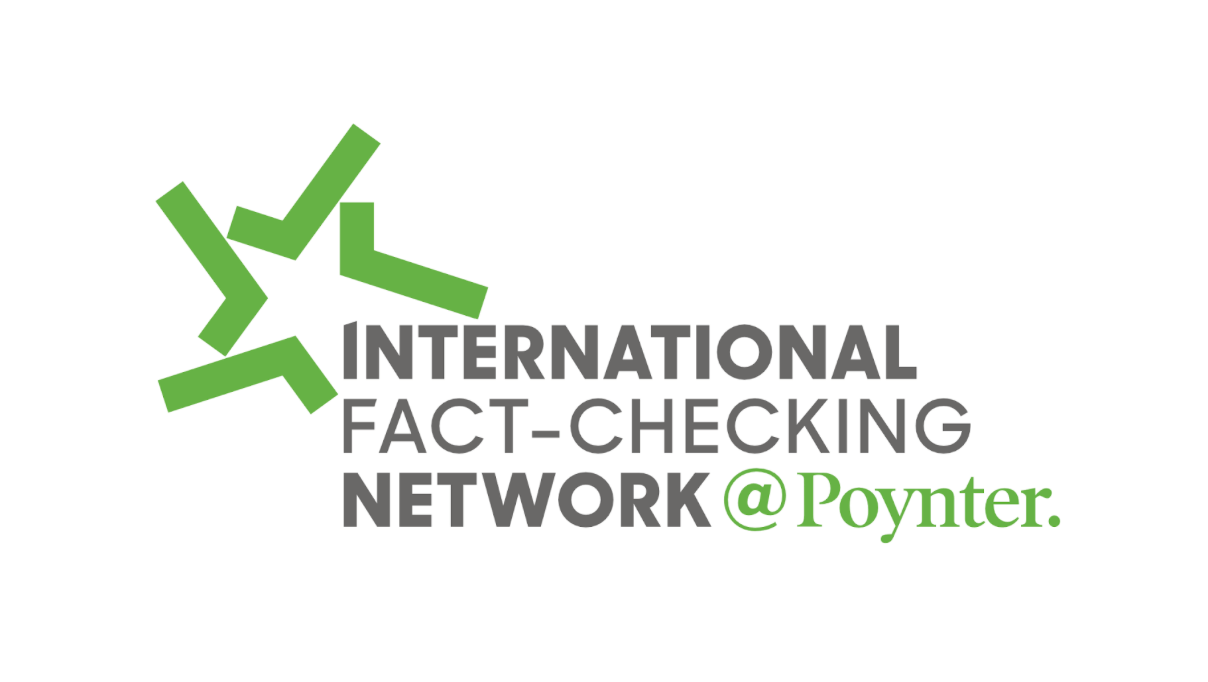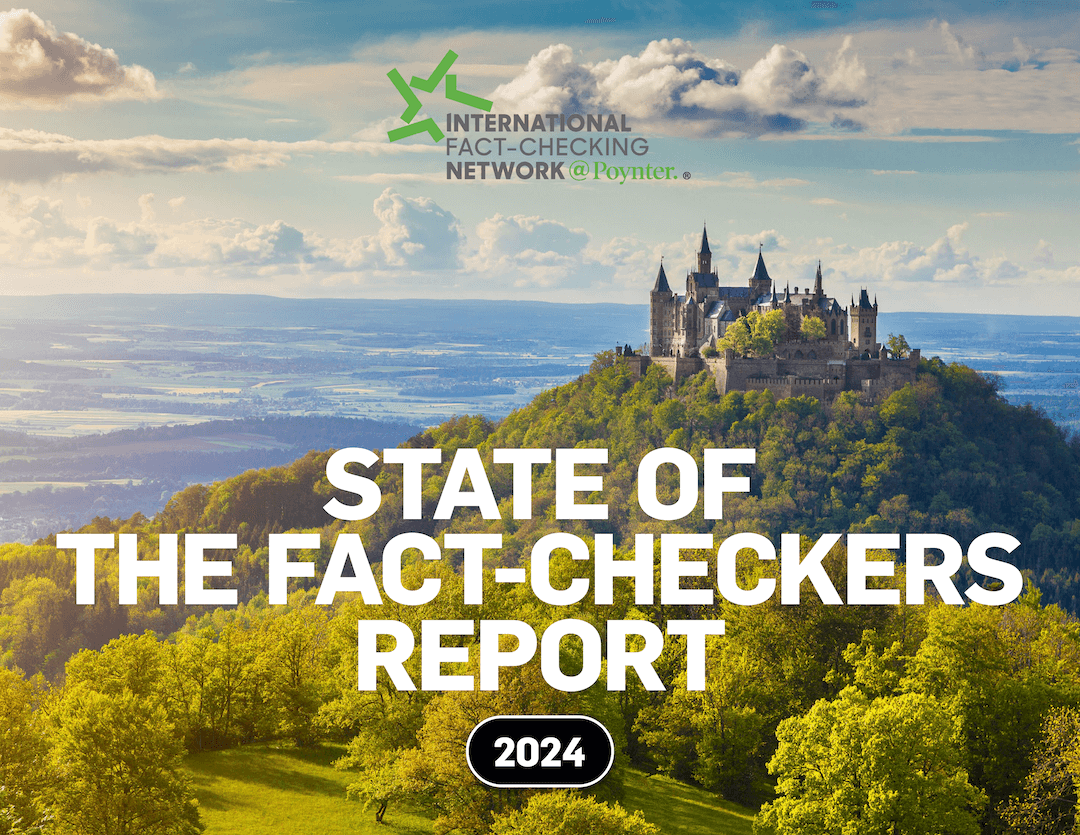 Covering COVID-19 is a daily Poynter briefing of story ideas about the coronavirus and other timely topics for journalists, written by senior faculty Al Tompkins. Sign up here to have it delivered to your inbox every weekday morning.
Covering COVID-19 is a daily Poynter briefing of story ideas about the coronavirus and other timely topics for journalists, written by senior faculty Al Tompkins. Sign up here to have it delivered to your inbox every weekday morning.
A paralyzing railroad strike that has been brewing since January 2020 may unfold this week. Even if it does not come to pass, railroads had already begun preparations Monday by curtailing some shipments.
More than 90,000 rail workers from 13 unions around the United States might strike Friday if the unions that represent them can’t reach a contract agreement with the National Railway Labor Conference, which represents the rail companies. The railroads reached an agreement with the leaders of 11 of the 13 unions, but those unions do not include the two biggest unions representing rail workers. The workers in the unions that reached agreements have not yet voted on the contract offers.
The latest agreement came Sunday, but groups claiming to echo the sentiments of “rank-and-file workers” are pushing online messages calling for union members nationwide to reject all of the agreements offered so far and go on strike Friday.
Starting today, some railroads say they plan to reduce some services until they see whether unions strike. FreightWaves, a supply chain website, quotes Norfolk Southern CEO Ed Elkins as saying, “We must take steps to ensure we can shut down operations safely if a strike occurs and be positioned to restart quickly when operations resume. Most importantly, we must ensure that no hazardous material or freight that requires special security is left on an unattended train out on the network in the event of a sudden strike.”
Union Pacific Railroad announced, “On Monday September 12, Union Pacific will begin to secure hazardous and other security-sensitive materials on our property for the safety of our customers, employees and communities we serve. In addition, we will embargo new shipments of hazardous commodities until those shipments can safely arrive at their destination. This is a proactive measure we are taking ahead of any potential work stoppages due to an impasse in labor negotiations. A list of the specific commodities affected can be viewed here.”
A strike could affect a mind-boggling one-third of cargo in the United States. A long strike could mean empty store shelves and supply chain interruptions that would eclipse the issues you saw even in the early days of the pandemic.
It’s about the last thing the US economy needs as it struggles to get over several years of supply chain issues. A prolonged strike could mean empty shelves in stores, temporary closures at factories that don’t have the parts they need to operate, and higher prices due to the limited availability of various consumer goods.
“We’re hearing more and more that shippers and the railroads are getting anxious,” said John Drake, vice president for transportation, infrastructure and supply chain policy for the US Chamber of Commerce. The chamber is calling on the two sides to reach a deal that avoids the first national rail strike in 30 years.
The National Railway Labor Conference provides its position in a background page.
The Association of American Railroads says a work stoppage would cost the American economy $2 billion a day. It would certainly add to the nation’s inflation troubles. The American Association of Railroads said:
Failure to act could idle more than 7,000 trains daily and trigger retail product shortages, widespread manufacturing shutdowns, job losses and disruptions to hundreds of thousands of passenger rail customers.
“As the freight sector heads into peak shipping season, a nationwide rail work stoppage would result in an unnecessary $2 billion daily economic hit,” said AAR President and CEO Ian Jefferies.
A railroad shutdown in mid-September would quickly overwhelm grain storage facilities, leaving farmers with few options to store their crops and boosting the chance of spoilage. Many grain processors would shut down, raising the price of bread and other common items, while farmers would be saddled with huge crop quantities and lower commodity prices.
“It’s kind of a double whammy when you hit both the beginning and the end of the supply chain,” said Max Fisher, chief economist at the National Grain and Feed Association.
Because roughly one-third of U.S. grain exports travel by rail, a work stoppage would also cut down on America’s ability to ship food to foreign nations, particularly those in East Africa and the Middle East that face a risk of famine following Russia’s invasion of Ukraine.
A coalition of food and agricultural groups, including the American Farm Bureau Federation, urged lawmakers on Thursday to block a freight rail strike, warning that it would have “devastating consequences” for global food security.
All of this may sound vaguely familiar. This summer, President Joe Biden prevented a strike by imposing a cooling-off period, which ends this week, and appointing a Presidential Emergency Board, which recommended a settlement. The PEB recommendation included a double-digit raise and back pay. CNN Business explains:
The PEB recommended multiple annual raises back to July 2020, when the previous contract had been set to expire.
They would give workers an immediate 14% raise, as well as additional back pay for the hours they worked since 2020. There would be more raises going forward, resulting in a 24% pay increase over the five-year course of the contract that would run from 2020 to 2024, as well as annual cash bonuses of $1,000.
Five smaller unions representing about a third of the rail workers have agreed to the PEB recommendations but have not submitted the deal to union members. But seven more unions, including the unions representing conductors and engineers, are holding out for new work rules that would change railroads’ on-call requirements that the workers say keeps them on call even when they are not on the clock. The grassroots group Railroad Workers United found that more than nine in 10 railroad workers would vote to reject the PEB recommendations and go on strike.
If there is no contract agreement this week, President Biden could not stop a strike, but Congress could intervene. Congress could impose a settlement on both sides or order a new cooling-off period. But such an action would require a high level of bipartisan agreement very close to the midterm election.
Will your next COVID vaccine be free? There is a brewing federal budget battle over funding.

This photo, provided by Office of the Governor of New York, shows Moderna COVID-19 vaccine at the Boriken Neighborhood Health Center, in New York, Wednesday, Sept. 7, 2022. (Don Pollard/Office of the Governor of New York via AP)
Journalists, it might be worth asking candidates running in midterm election races to tell us where they stand on the Biden administration’s newest emergency funding request that would funnel money toward paying for the development and distribution of COVID-19 vaccines and keep sending free COVID-19 test kits to American homes.
The current budget expires at the end of next month. President Biden is asking for money that would keep COVID-19 vaccines free, but Republicans are raising the notion that it is time for insurance to begin paying for vaccines.
GOP lawmakers say that additional coronavirus funding is a sticking point for them in any deal to keep the government open past Sept. 30 — the deadline by which Congress must pass a budget bill or risk a shutdown.
“In the spring, the Administration told Congress that, without additional funds, it could not afford to purchase vaccines in the fall, yet somehow money was found to support the entire need,” said Rep. Tom Cole of Oklahoma, a senior member of the House Appropriations Committee. “Rather than asking Congress for even more money now, it is high time for the Administration to be fully transparent about funds spent and balances remaining.”
This standoff has been unfolding since early spring, but now we are a matter of weeks away from the budget deadline, and close to an election in which Democrats paint Republicans as coldly rejecting COVID-19 protection measures, and Republicans claim Democrats are hyping the pandemic, spending irresponsibly and feeding inflation.
The COVID-19 funding is wrapped up in a bill that would also send money to help Ukraine and includes emergency relief for natural disasters.
This week’s COVID-19 data is likely misleading
We start a new week with 19% fewer new COVID-19 cases compared to the week of Aug. 27-Sept. 2. But that still represents 70,000 new cases in a week or 150 cases per 100,000 Americans. The data falls over the Labor Day holiday week, and it is likely that testing labs were slower reporting results, so the real number may be higher.
32,000 patients ended up in the hospital in the last week, which amounts to 4,600 admissions every day. And, still, that represents almost an 11% drop from the week before.
Pull back two weeks and you will see a 28% drop in new cases and a 20% decline in COVID-19 deaths. The New York Times Coronavirus Tracker shows us, “The average number of new cases in the United States was 66,077 yesterday, about the same as the day before. Since January 2020, at least 1 in 3 people who live in the United States have been infected, and at least 1 in 317 people have died.”
But look at Biobot’s wastewater data and you will see a lot to be concerned about. In most of the country, COVID-19 is showing up in increasing amounts and that could foretell tough times ahead.
You will also notice in the newest Centers for Disease Control and Prevention data that the latest omicron variant, BA.4.6, grew to about one in 10 cases last week.
We’ll be back tomorrow with a new edition of Covering COVID-19. Are you subscribed? Sign up here to get it delivered right to your inbox.









